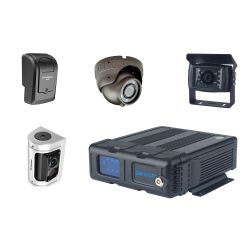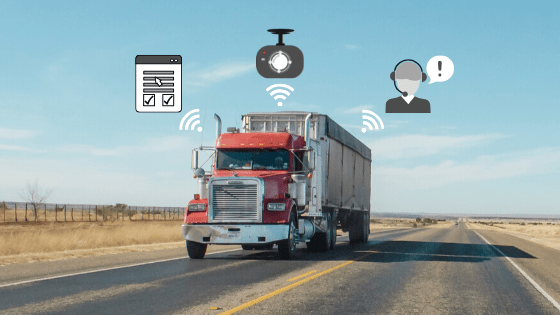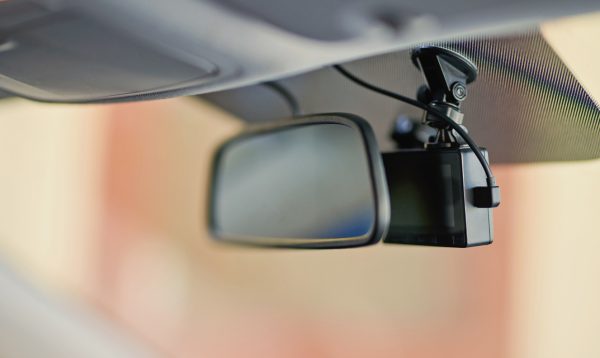
New technologies for carriers allow for better operations and margins for their business. So taking advantage of innovative tools and strategies is key for any fleet to remain profitable. One technology that needs to be highlighted are connected cameras and how they allow for real-time coaching strategies to be implemented. Since many carriers still only use cameras for incident exoneration, it should be known that dash cameras can do so much more than protect a driver if they were not at fault for a driving incident. By using the real-time video retrieval and the triggered alerts features available in connected camera solutions, fleet managers can conduct real-time coaching, rather than periodic coaching to drive measurable results.
Difference between Real-Time Coaching and Periodic Coaching
Real-Time coaching is the strategy in which a fleet manager contacts a driver while they are on the road to help educate them on how to drive safer and more efficiently. In the past, coaching was only performed periodically and was often done so in an overarching manner as the specific driving habits of each driver was not known. Meaning each driver would receive the same standard training as others with little customization for their unique training needs.
By using real-time coaching, fleet managers use data collected to pinpoint what area of training a driver actually requires and educates them in real-time, typically right after a driving infraction is detected.
How Real-Time Coaching Is Possible
Coaching drivers in real-time is only possible through telematics – specifically connected dash cameras solutions like ZenduCAM. By installing dash cameras that transmit HD footage in real -time with the ability to set rules that if broken will instantly alert managers, managers can be updated on driving behaviours in real-time. When a rule is triggered, like speeding or using a mobile device, the manager can quickly review the footage to confirm the incident and make contact with the driver to discuss how to improve. Thus, conducting real-time training.
When compared to periodic coaching that occurs some time after an incident occurs, it was found that if coaching was performed at a later date, it would not have as much of an impact. Since time had passed since the poor driving action occurred, it was out of sight out of mind for many drivers.
Why Do Businesses Prefer Real-Time Coaching?
Real-Time coaching allows fleet managers and drivers to have direct communication while en route. Enabling for training to happen more often and at more appropriate times so drivers are more aware of how to improve.
The Long Term Behavioural Changes
One of the most recognized benefits of real-time coaching is the long term change in driving behaviour. By continuously helping drivers improve their driving habits with short educational conversations the moment a driving infraction or incident occurs, drivers will be more aware. Meaning they will, overtime, change and improve their driving to be safer and more efficient on the road.
Lower Repair Costs
Fleets who conduct real-time coaching by using alerts for driving infractions to help drivers improve, see lower repair costs over time. This is due to the fact that when drivers are more cautious on the road and are focusing on safety, they will be less likely to be involved in reckless behaviours that lead to accidents. Resulting in less trips to the repair shop and even less wear and tear on company vehicles.
Better Margins
Real-time coaching doesn’t only focus on safer driving, it also focuses on more efficient driving. Meaning driving habits that use more fuel like unnecessary idling or speeding will reduce once brought to the drivers attention. Allowing for fleets to see a reduction in various resources like fuel to help their bottom line.
Driver coaching is something that should never be overlooked. Even if a fleet is taking the right steps to conduct initial training, it can only do so much if it is not customized to the needs of their unique drivers. By implementing advanced camera solutions to allow for real-time coaching, carriers can expect to see more drastic improvements in safety and efficiency. To learn more about how to implement a real-time coaching strategy or what solutions are required for this, contact us today!










